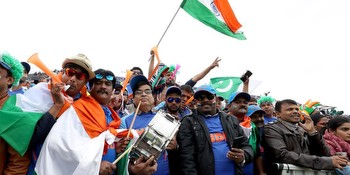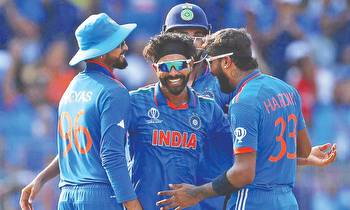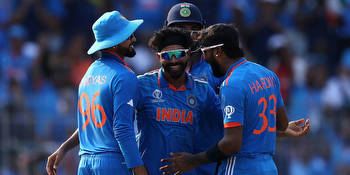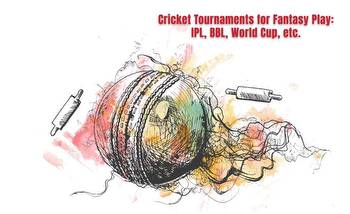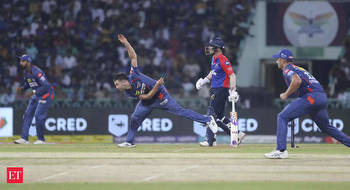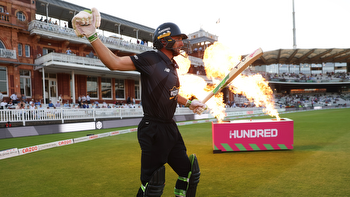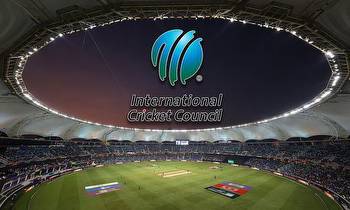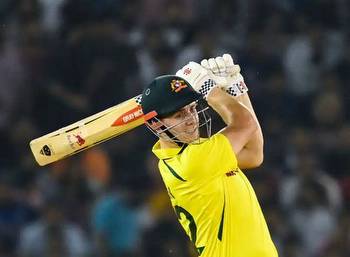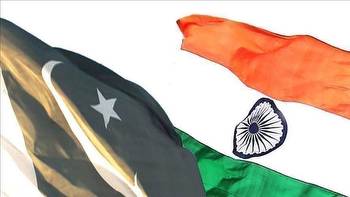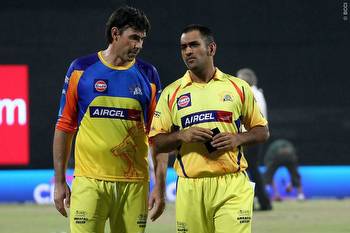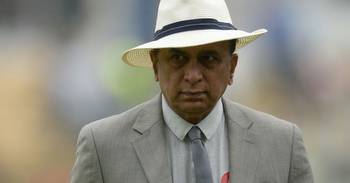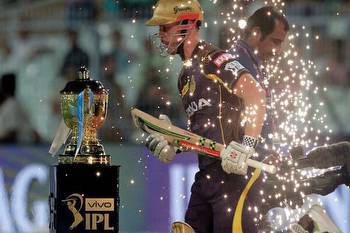Has the rise in stakeholders in cricket democratized the game?

In his “Spirit of Cricket” lecture to the Marylebone Cricket Club at Lords last week, former England captain Sir Andrew Strauss addressed the macho-male dressing room culture and language, the growth of women’s cricket and that of T20 franchise cricket.
The annual lecture provides a focal point for reflection on the state of the game by one person. There have been 20 previous lectures, all by men, mainly former pre-eminent cricketers.
Strauss spoke positively about franchise cricket. His view is that it has “democratized” the game, arguing that it has “never been more popular or diverse.” He went on to suggest that “no one controls the game anymore, not even the Board of Control for Cricket in India,” on the basis that there are too many stakeholders.
Readers of previous columns will be aware that the increase in the number and power of stakeholders is a recurrent theme. The claim that democratization is a result of this demands a closer look. It does depend on one’s definition of democracy. Abraham Lincoln viewed it as a government “of the people, by the people, and for the people.” It is a concept that has been misused, misinterpreted, misrepresented and abused over time.
What its myriad applications have in common is that the people are supposed to have some say, power and authority in the political process. Evidence is all around that this privilege is under pressure.
In the world of cricket, it does not appear that the people have ever had much power, other than to make the simple decision to pay for the opportunity to watch, either in person or, more latterly, on screen. They can also decide to bet on matches. Historically, power has been vested in unelected national cricket boards, in unelected sponsors, in unelected broadcasting and media companies and now in unelected franchisees.
Player remuneration has soared. There is motivation for them to perform well, so as to be attractive to other franchises in other tournaments. It is a selective rather than democratic process. Strauss seems to fall into a familiar trap, that of not mentioning the paying spectator. They turn up to capacity at Ashes matches, at T20 and ODI World Cups and at the IPL in India, for example. No doubt players would prefer to play in front of full houses, but these are not necessary in franchise tournaments because income is derived off-gate. Players do not need a paying public to fund their salaries.
What a change from the days of poor Albert Trott. The only man to hit the ball over the pavilion at Lords, he was granted a benefit match in 1907 from which he would keep a share of the takings from a full house. It was over a weekend, Monday being a public holiday. He bowled the opposition out in two days, thereby depriving himself of the third day’s takings and, in his own words, “bowling himself into the poorhouse.” He would have been both a star and a rich man in today’s world of cricket but, sadly, destitute and ill, he committed suicide in 1914.
When cricket depended financially upon a paying, personally attending public, the concept of democracy may have had validity. People had a stake in the game’s economic welfare. Now that the link of dependency has been broken, the game’s welfare is controlled by wealthy stakeholders, with profit motives, however much they say they love cricket. Strauss’ claim for democratization seems to refer to the broadened appeal that T20 has brought about in sections of populations in established strongholds of cricket and in other countries where it has languished as a minority sport, particularly for women.
In none of these places do the people run the game. They can choose to participate or not. Cricket remains an expensive game to play for people of limited means. Equipment and club membership are expensive, it takes time to play and practice. Anyone who does love the game should welcome its expansion into different formats, different countries and different parts of societies. It is a stretch to suggest that this is a democratic process demanded by people and organized through representative, elected bodies.
The epitome of cricket’s new world is writ large in the UAE. Six wealthy franchisees, five of them Indian corporates, fund a tournament, attract international players and provide an opportunity to local talent, but the matches are played in front of small crowds. The games are screened globally, supported by an impressive publicity machine. Yet, there are no current Indian or Pakistani players. The BCCI does not allow the former, the latter are politically bound.
If and when such approval is given, the tournament and others like it will become so much more appealing to the people within the Indian sub-continent and their diaspora in the Gulf. However, there are some barriers to overcome. The indications are that the Pakistan Cricket Board are minded to allow their players to participate in the 2024 ILT20. Five of the teams are Indian owned and it is unclear if it would be appropriate for them to field Pakistani players. It can be presumed that the American-owned team has no such restriction but would want to maintain a balance to its squad. No Pakistanis are playing in SA20, in which all six franchises are Indian owned.
The current impasse over the 2023 Asia Cricket Cup venue and participation needs to be resolved. Due to be held in Pakistan, the BCCI has said that its team will not travel. In a tit-for-tat, the PCB threatens not to play in the 2023 ICC World Cup in India. The future composition of DP World ILT20 squads are subject to the most recent spilling over of Indian sub-continental geopolitics into cricket. Those in South Africa’s SA20 are subject to Indian corporates. The concept of T20 franchises being the catalyst for cricket’s democratization has a hollow ring when uttered in the confines of Lords. More pertinently, franchises are diffusing control, the game following the money.

